On the evening of January 13, 2012, the Costa Concordia was on the first day of a seven-day cruise that included port visits in Italy, France, Spain, and Sardinia.
After leaving the port of Civitavecchia earlier that day, the 1023 crew members and 3206 passengers settled in for what was supposed to be a routine and relaxing vacation. Only, this voyage was anything but routine.


Not long after leaving port, passengers and crew settled in for the first night on board as the ship closed the island of Giglio, a small island just northwest of Rome, when disaster struck.
At 9:45 that night, the ship struck something in the water close to the island’s shore. The ship’s Master, Captain Francesco Schettino, knew the situation was serious.
So did the other 4229 people onboard when they saw furniture flying, plates crashing, and the ship immediately heeling over.
What happened over the next several hours can only be described as complete and utter chaos.
With little direction from a cowardly master who thought more of his own skin than the people he was supposed to protect, the atmosphere on the ship quickly descended into a frenzy of confusion and fear as panic-stricken passengers were unsure of what to do next.
Over the next eight hours, land, air, and sea assets from the Italian military, police, coast guard, and civilian vessels came to the aid of the stricken vessel.
It is only through their valiant efforts, along with a handful of crew members who stayed behind, that more life was not lost that fateful night.
But as the sun came up the following morning and people began to take stock of what had happened, a clearer picture emerged of just how tragic and avoidable this disaster was and how one man alone had caused so much death and destruction.
The Collision
The Costa Concordia was a newer cruise ship, and it was a massive one. First setting sail in 2006, the vessel weighed in at 114,000 tons. It was over 700 feet long, 105 feet wide, and had a draft of about 52 feet.
While these numbers might seem superfluous, they will play a crucial role in why the vessel ran aground when she did later that night.
That evening, the Chief Mate was on the bridge. His watch was supposed to be from 8 o’clock to midnight. The Chief Mate is the ship’s most seasoned and experienced officer under the Master.
He was on watch at that time because the boat was going through one of the more dangerous parts of the journey, and the Master wanted an experienced watch officer on deck for it.
This part was so dangerous because the ship was supposed to be passing about 1000 yards from the Giglio island. However, the normal approved route was to have the ship pass by around five nautical miles from shore.

Why the Master disregarded the route and wanted to pass so close ashore at night is the first big mistake of this tragedy.
In the aftermath of the disaster, the ship’s Master claimed that he went so close to shore because he wanted to do a “sail by” of the island. He never officially stated why he wanted to do the sail-by.
However, it is alleged that because he had his 26-year-old mistress on the bridge, who worked as a dancer in the ship’s entertainment department, he wanted to impress her.
As the Costa Concordia closed the island on a perpendicular course at a speed of 16 knots, the Master took the deck from the Chief Mate and began giving orders to the helmsman himself.
He planned to conduct a turn to starboard so that the ship could get a broadside view of the island on her port beam.
However, he set himself up for failure. Because the route had not been planned, he was navigating by seaman’s eye, known in layman’s terms as visual navigation. Such maneuvering can only be used in an emergency and especially not so close to shore.
Nevertheless, he would later claim that he had done a similar passage several times before and knew the area well, so he did not need to look at the charts.
But he clearly should have since there was an underwater danger awaiting him. About four hundred yards offshore, there was a coral reef. This reef was charted and was indicated on the charts he possessed.
However, he was not looking at the charts and instead used radar ranges from the coastline to approximate his position.
As the ship got closer to shore, he began giving orders to come to starboard. However, because of how large the ship is, it does not turn on a dime.
He soon realized that he had ordered the helmsman to turn too late and began increasing his turns to starboard. But this was not enough.
Though the ship was coming about to starboard, it was not coming about fast enough. The Master realized this error and tried a last-ditch effort to swing his stern away from the reef by coming to port, but it was too late.
At 9:45 that night, the Costa Concordia collided with the reef. The rocky coral cut a 115-foot gash in the port aft end of the ship.
Within 50 seconds, two of the watertight engine rooms housing the ship’s generators were flooded entirely, and two more flooded not soon after.
With all power lost to his machinery spaces, the ship had no propulsion, hydraulic power, or air conditioning plants and was operating on emergency power only.
With her rudder stuck hard to starboard, the vessel began drifting aimlessly north as all his officers rushed to the bridge. His engineers went down below to assess the damage, and panicked passengers wondered what had just happened.
The Rescue
As the ship drifted northward, the passengers and crew wondered what was happening. Though the boat was at first listing to port about ten degrees, within 30 minutes, the ship was heeling to starboard about ten degrees.
This was because of the free communication effect of water inside the ship that was rapidly and progressively flooding all engineering spaces below the main deck.
Soon, water began lapping at the bulkheads of the main deck as passengers scrambled to get to safety. Yet, the Master refused to make a decision.
Though he did make radio contact with the Coast Guard, he stated that he was fine and was trying to anchor the vessel in the shallow water near the island.
However, it was actually the mother of one of the passengers who had called the police that authorities first became aware of the accident within the first twenty minutes.

And even though the authorities urged sending assistance, the Master was reluctant. He continued stating that he was going to anchor the vessel. However, that did not go as planned.
As the Costa Concordia came about in a wide starboard turn due to her stuck rudder, the Master gave the order to let go of both the port and starboard anchors.
However, due to the loss of power, the anchors would not free fall since the hydraulics to the break were not working.
Convinced he could not do anything more, the Master finally ordered the abandonment of the ship 42 minutes after the collision, despite his officers pleading to do so much earlier.
By 10:55, at least the first three lifeboats were in the water, as reported by responding Coast Guard and police vessels. But despite the first few boats getting into the water, time was running out.
As the ship settled onto the seafloor, the flooding worsened. As the starboard list continued to increase to 30, then 40, then eventually up to 70 degrees, the launching of lifeboats became impossible.
Though several thousand people had already been evacuated by lifeboat, around eight hundred people were still trapped on board. Thankfully, the Coast Guard came up with an interesting plan.
As the ship was actively sinking, one of the rescue vessels would come alongside the stricken cruise ship. Two others would pin the vessel to the ship on both her forward and aft ends.
Such maneuvering was necessary, considering the vessels could not tie up to the Costa Concordia, and the crew merely had to rig a pilot’s ladder down to let passengers escape.
Over the next several hours, almost eight hundred people were rescued in this way. For those stuck up forward, helicopters had to lift them off the ship’s bow, with about 16 people being saved in this manner.
Lastly, some people jumped overboard, and four people were plucked from the water by rescue personnel. But what about the Master? Where was he during all of this?
According to data from the Voyage Data Recorder, the Master left the bridge around 12:30 that night. His whereabouts were unknown for the next hour until authorities contacted him on his cellphone.
He stated then and later on that due to the heavy listing, he fell overboard and landed in a lifeboat. Italian authorities ordered him back to the ship to oversee the disembarkation of the rest of the passengers and crew, but he refused.
He would later claim that he tried to get back to the ship, but his lifeboat’s engine died. However, this is unlikely, considering he was one of the first people ashore, and when offered a ride back to the ship in a dinghy or helicopter, he refused.
As the rescue continued into the morning, by 7 o’clock, all the visible survivors appeared to be off the ship. However, about 35 people remained missing.
Divers and rescue teams boarded the partially submerged vessel to look for survivors. Miraculously, after being trapped for two days, a Korean couple and an injured crewmember were found alive.
Rescuers would continue the search for the next ten days, but beginning on January 25, authorities lost all hope of finding anyone else alive.
The Aftermath
Over the coming weeks, as divers began pulling victims from the wreckage, the true carnage was revealed. In total, 32 people perished, and 157 were injured in the disaster, with two of the bodies not being recovered for several years later.
Most deaths occurred because the Master waited so long to tell everyone to abandon ship. As a result, as crewmembers had instructed, many people who were on the starboard side of the ship in their cabins could not make it to the port side.
This was because the list was so bad that it turned everything almost perpendicular, rendering passageways and ladder wells unusable.
The eventual clean-up of the wreck involved a several years-long process. Beyond the immediate environmental concerns, authorities tried to prevent the ship from sliding down a steep embankment near the wreck site.
After two and a half years of work, the ship was finally able to be righted, floated, and towed to port to be dismantled.
In total, the disaster caused an estimated two billion dollars in damages, not to mention the total loss of a 600-million-dollar cruise ship.

As for the Master of the ship, he was tried and convicted of numerous charges, including manslaughter, hazarding a vessel, and abandoning his post. He was sentenced to a total of sixteen years in prison.
Five of the crew and officers were also convicted of similar crimes but received much less jail time.
But even with justice being somewhat served in the case, how could it have been avoided?
How The Accident Could Have Been Prevented
The Costa Concordia disaster was entirely preventable and resulted from a series of mistakes aligned to make the perfect storm. The first of these mistakes was making the unapproved and unplanned sail by.
Though the Master had gotten permission from the company the previous year to perform this maneuver, it was during the day and with an appropriate track further out to sea. None of that was done this time.
As the ship approached the turn, the Master kept too much speed on. At 16 knots, this was almost the maximum speed of the vessel that could go 21 knots.
Such a speed was too fast for such tight quarters at night with a ship that was not in the least bit maneuverable.
Such a stunt would have been tricky to pull off, say, for a modern warship, much less a giant, bulky cruise liner, and the Master should have known this.
The charts the bridge team had were also not appropriate. Mariners should always seek to use the smallest scale chart possible.
But on that night, the bridge had one that was two times as less detailed than what the appropriate chart should be. This caused them to misjudge how far away the danger was.
The Master and his officers also failed to enforce the mandatory lifeboat training for the crew and passengers. It is required by law for passengers to conduct a lifeboat drill either right before or right after leaving port.
He was also required to give his crew proper training on the deployment of lifeboats. None of this happened, and it is a miracle that the crew that did know how to deploy them were there to do so. Otherwise, this disaster could have been much worse.
Sources
https://gcaptain.com/wp-content/uploads/2013/05/Costa_Concordia_-_Full_Investigation_Report.pdf

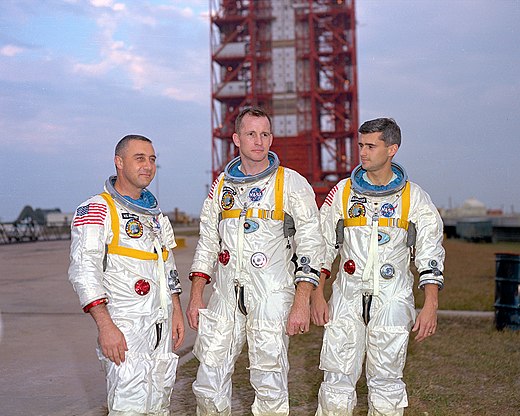

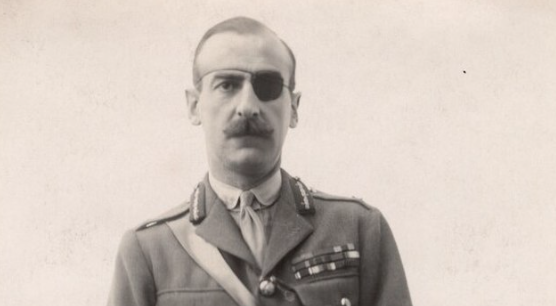


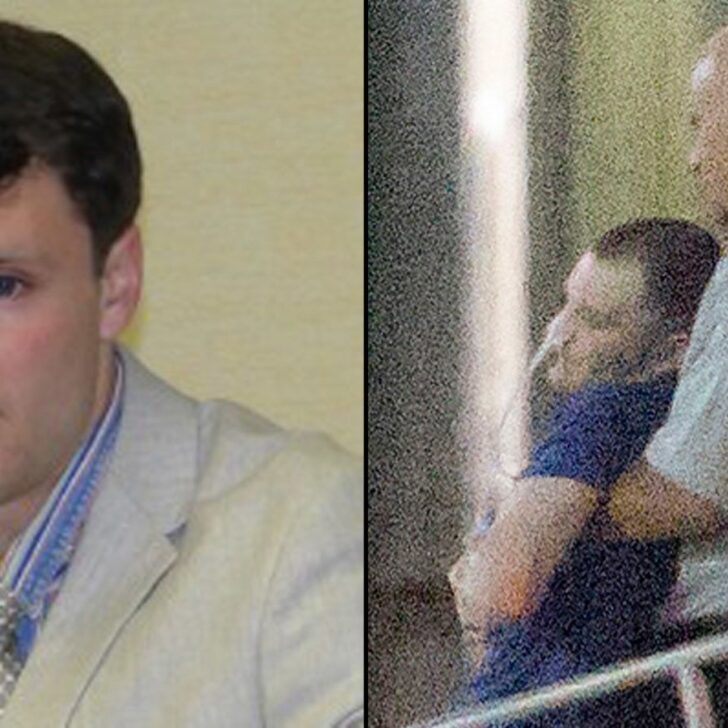
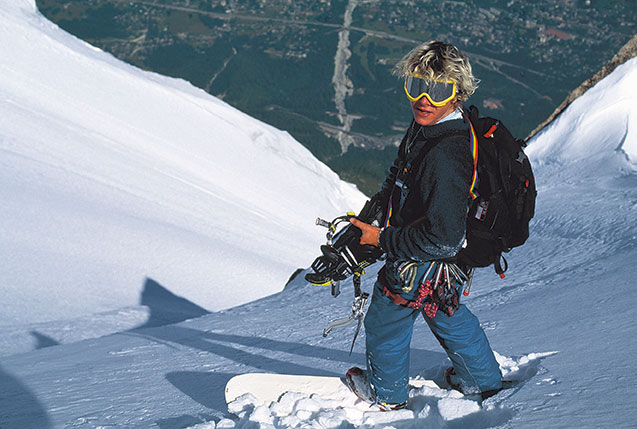
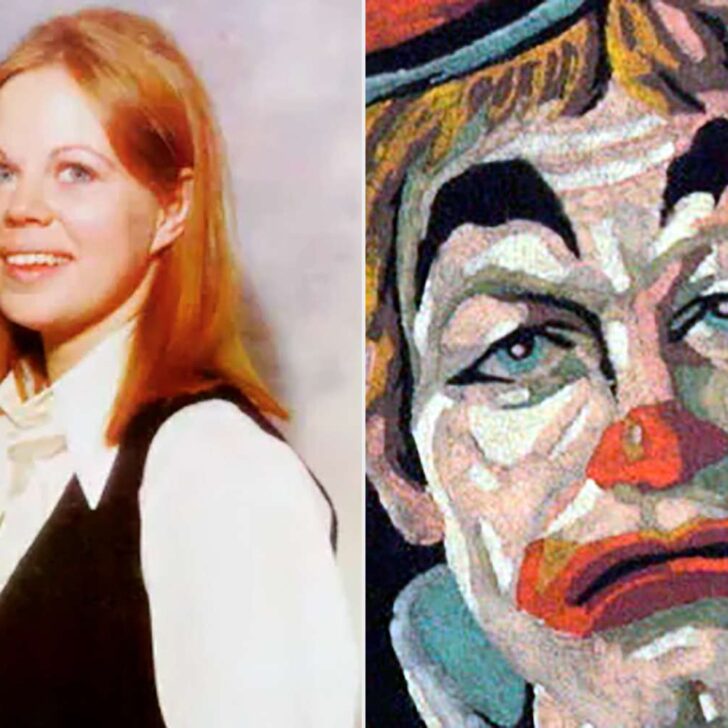
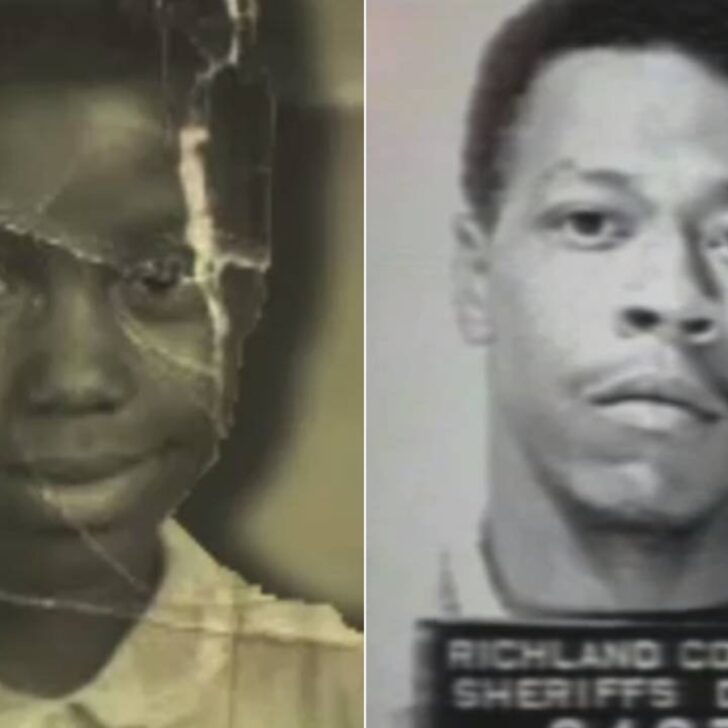
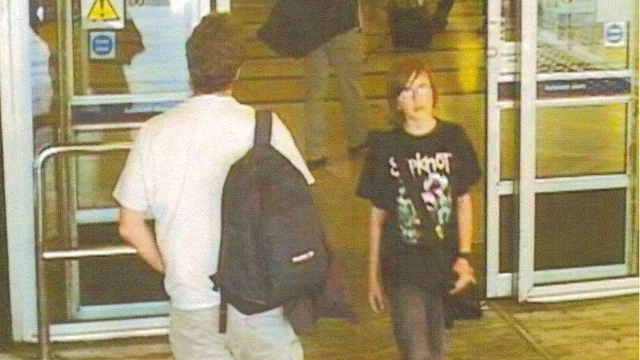

Leave a comment